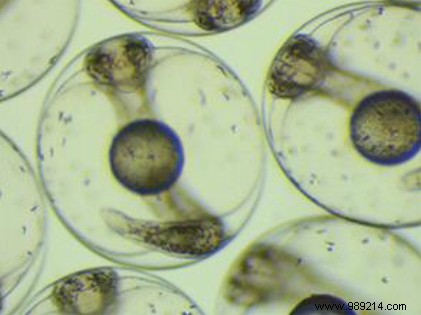Today and always, astronauts on missions in space consume little fresh food. And yet, when establishing a base on the Moon and a colony on Mars, it will be necessary to find a way to generate food on the spot.
As part of the Proxima mission, French astronaut Thomas Pesquet had occupied the International Space Station (ISS) from November 2016 to June 2017. The latter will return there in April 2021, aboard a SpaceX Crew Dragon capsule. During his stay on board the ISS, he had notably tasted small dishes prepared by great starred chefs such as Alain Ducasse and Thierry Marx. On the menu ? Breton lobster or creamy lemon, duck breast or poultry in Parmentier. And yet, it was not about fresh food. Indeed, we had to carry tin cans from Earth.
As the Canadian Space Agency (CSA) explained in a 2019 publication, food to be consumed in space must meet certain criteria . For example, it must be compact and light, because the space on board is limited and the transport of products very expensive. The food must also be very nutritious for a healthy diet, not to mention its flavor.
In addition to the few fresh products and "plain" foods (to be eaten as is), food is very often canned, dried, dehydrated, heat-stabilized or even irradiated. However, when it comes to establishing a lunar village and a Martian colony involving very long stays , we will have to find a solution to cook on site. In addition to vegetable cultivation, another possibility is being considered:aquaculture (or fish farming). However, if vegetable cultivation in microgravity has several advantages, the prospects in terms of protein are rather inconclusive.
As Hakai Magazine explains in an article dated February 22, 2021, IFREMER researcher Cyrille Przybyla is behind the Lunar Hatch project. The goal? Allow astronauts to breed fish in space. According to a press release, the fish are in a large tank and receive “new sources of protein and fat” as food. In addition, their effluents are recycled using microalgae. He believes that future long-duration space expeditions should carry fertilized eggs instead. which according to him will withstand the trip much better than fish.

In order to have certainty as to to the feasibility of the thing, Cyrille Przybyla subjected fish eggs to a take-off simulation. The latter survived and between 76 and 95% of them subsequently hatched. This success rate is also quite close to the "control group" with eggs that have not undergone any vibration.
In addition, the researcher believes that some fish species are not really suitable for a stay in space. Indeed, the fish must not consume too much oxygen and must also resist temperature variations as well as cosmic radiation. We should also mention the need for a reduced time for hatching . Thus, bass and meager are more interesting species than salmon and cod.
Finally, Cyrille Przybyla mentioned other positive aspects regarding this innovation. According to him, having a fish farm could be a source of well-being for astronauts. This installation would remind them of life on Earth . In addition, taking care of livestock and vegetable crops would bring them a little distraction.